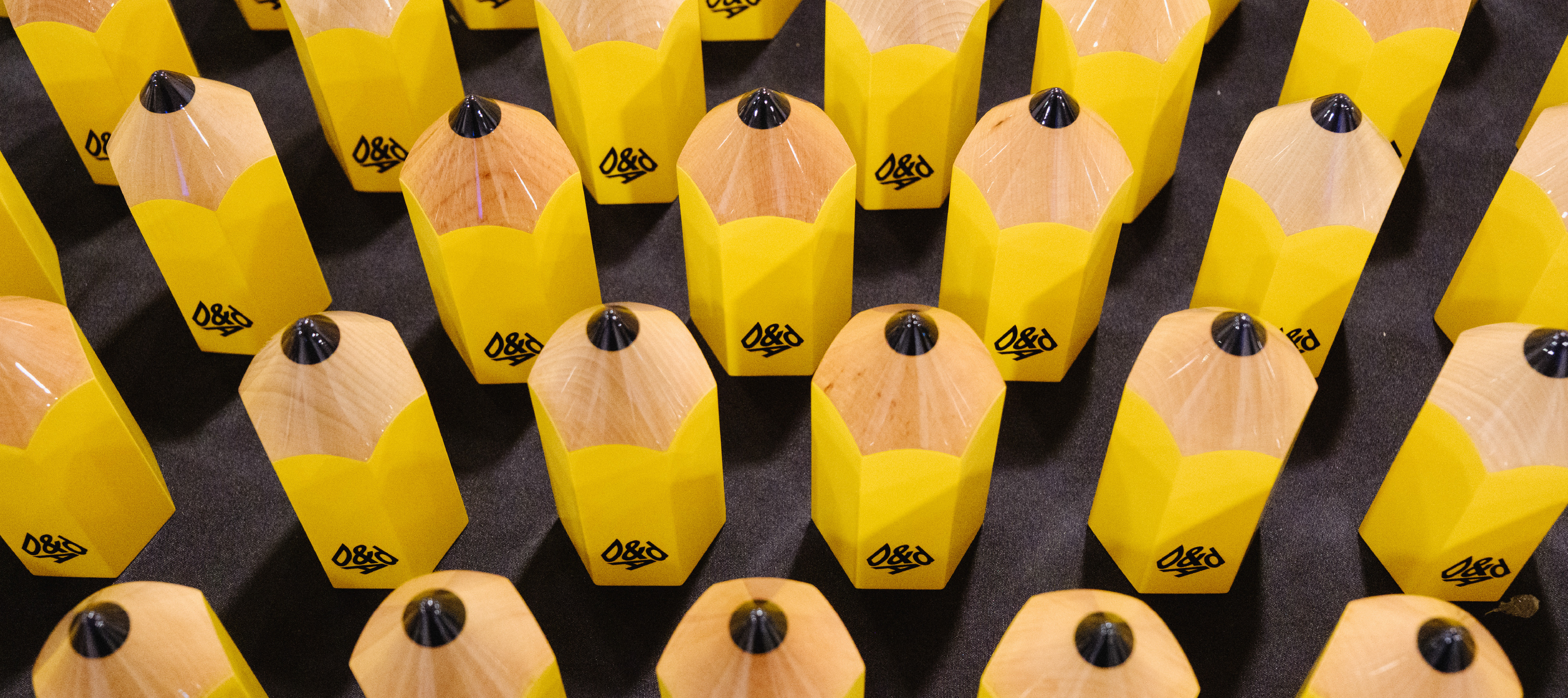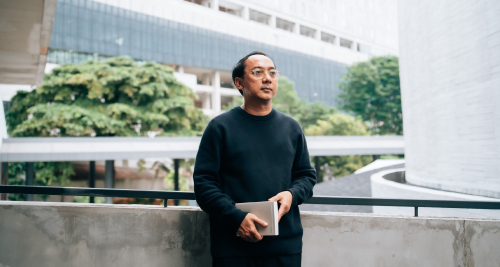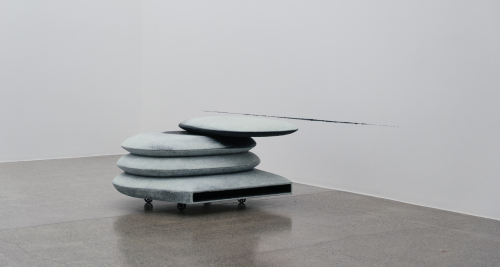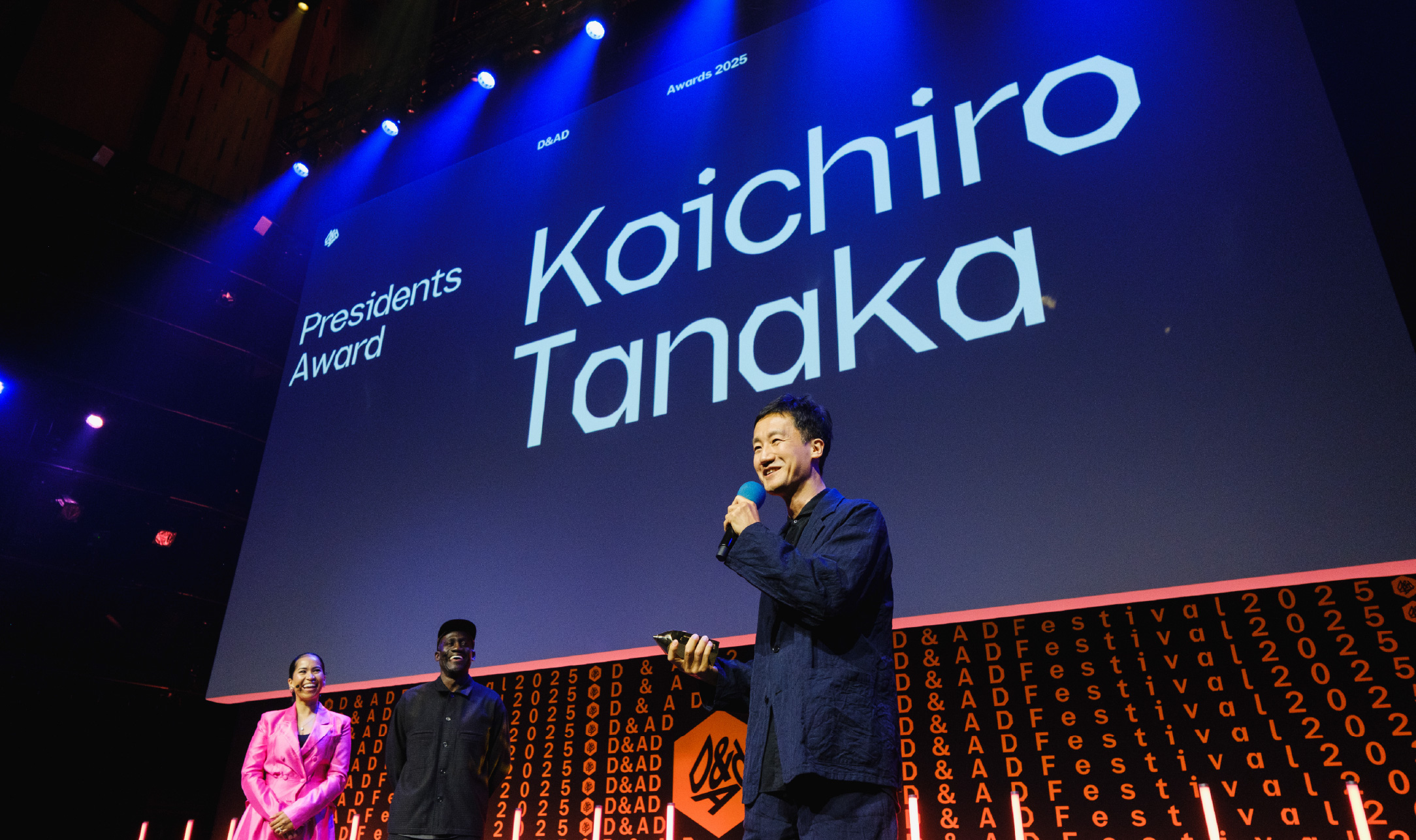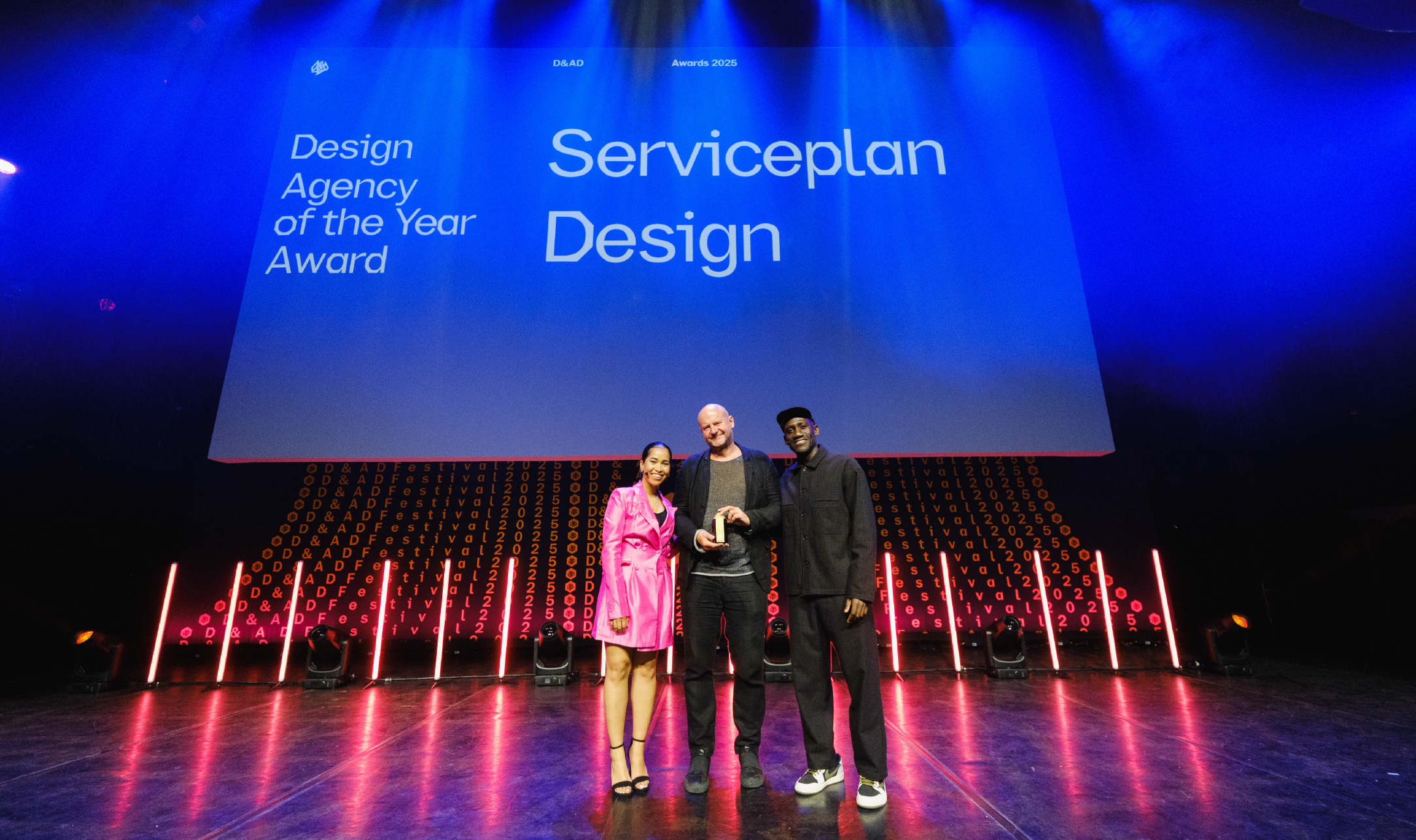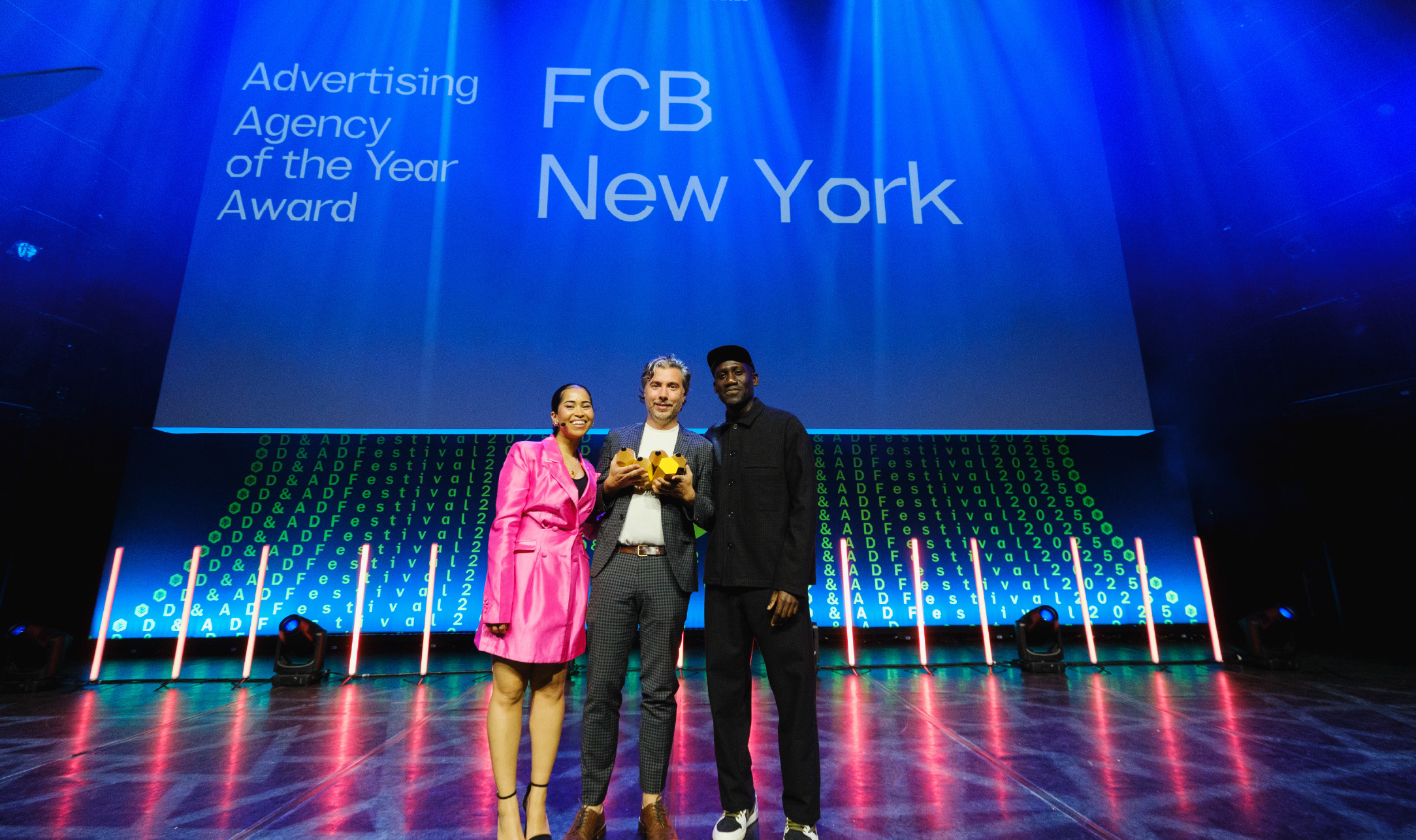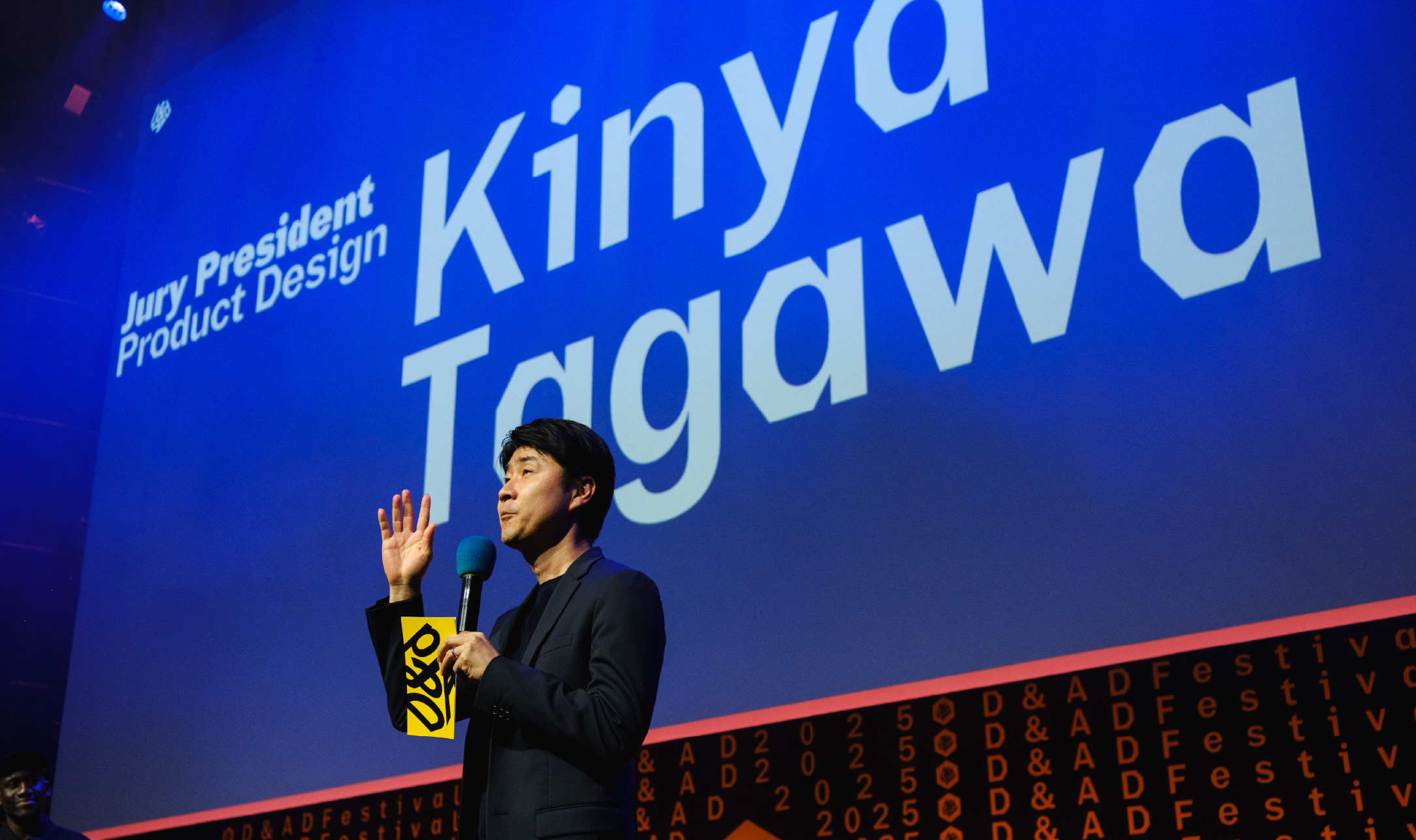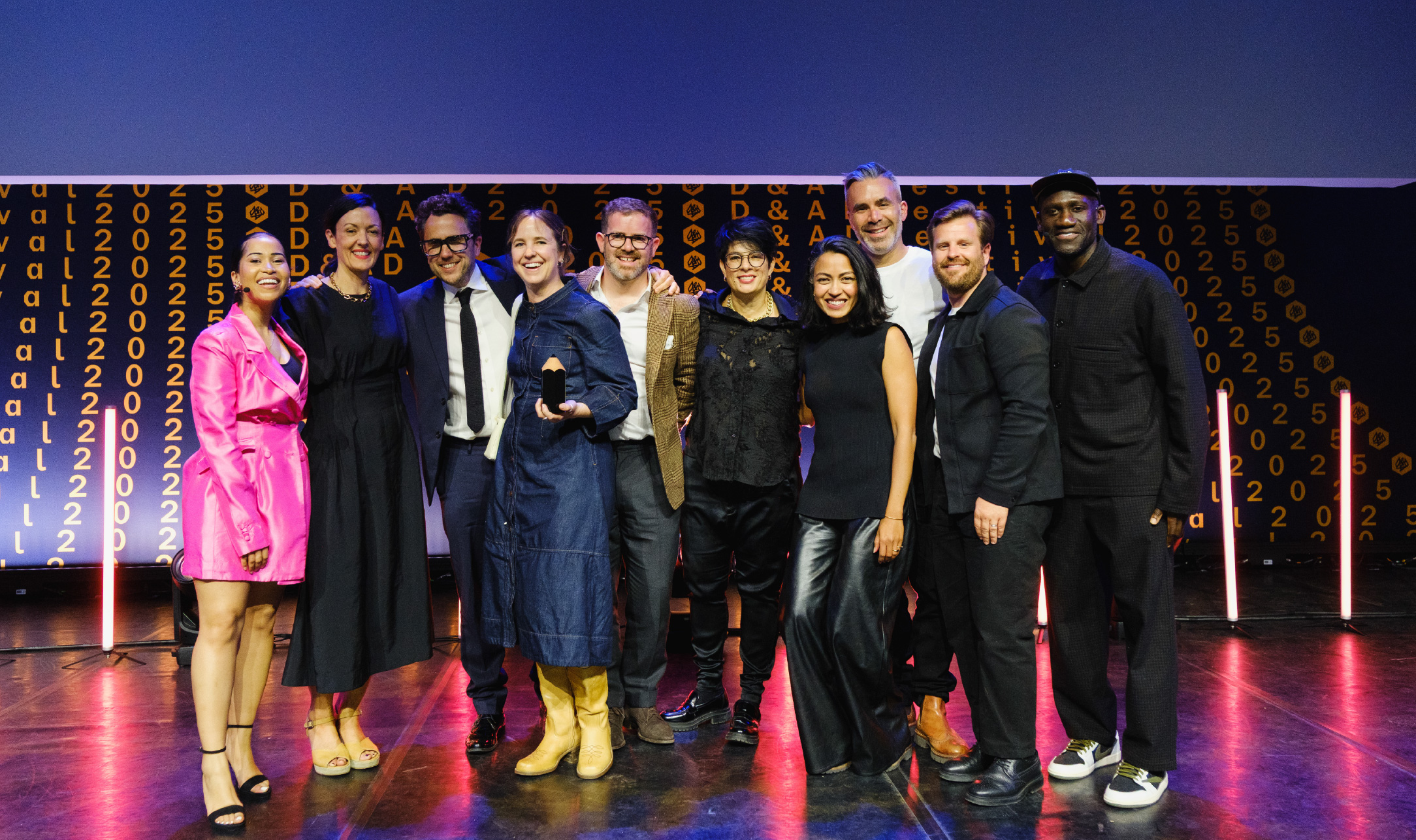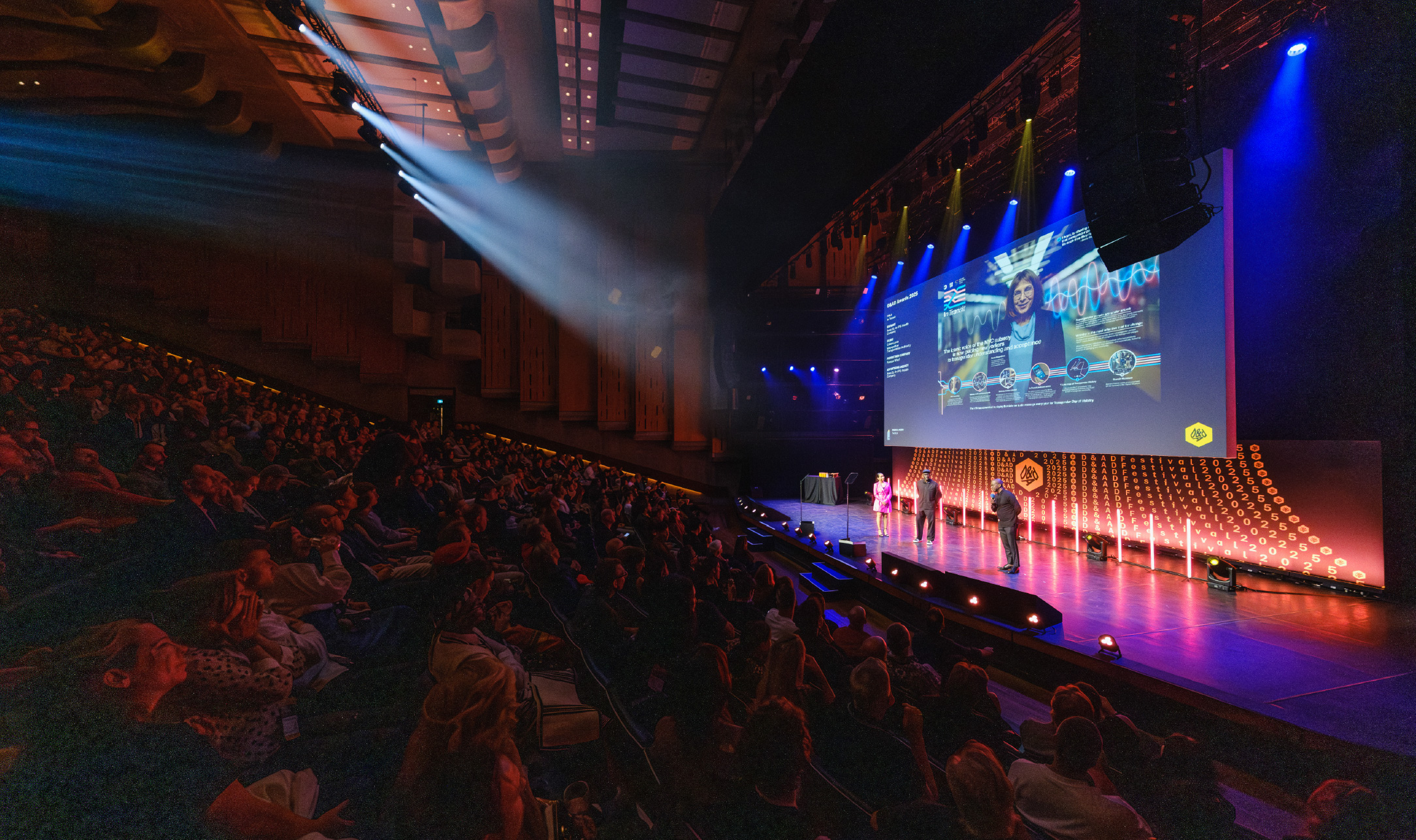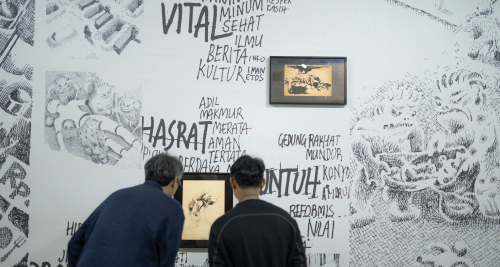Day Two at the Peak: D&AD 2025 Celebrates Meaningful Design
The final day of the 2025 D&AD Festival at London’s Southbank Centre was a dynamic celebration of creativity, innovation, and the cutting-edge of design. From thought-provoking talks to jury panels and masterclasses, the day was filled with insightful reflections and achievements about the state of design— fostering excitement about the bright future. The evening culminated in an awards ceremony that honored the best of the best in the industry.
The morning began with talks that reminded us why we design. James Taylor, Global Head of Design at TBWA\Media Arts Lab, kicked things off with a powerful provocation: “All ideas are bad ideas… until designed.” His session went beyond manifesto—it brought a rethinking onto the role of a designer. He spoke from his own experience (that is rooted in writing and art directing) and rejected the presumption that a designer is only concerned with aesthetics, but established the importance of conceptual skill in design. For Taylor, a designer must also be a thinker, which is expressed through his focus on design-first thinking as a strategy. Inspired by Apple’s commitment to clarity and distinctiveness, Taylor invites designers to continuously create meaning— as a means, rather than an end.

Gail Bichler, Creative Director at The New York Times Magazine, followed Taylor’s eye-opening segment with a generous deep dive into the process of creating some of the New York Times Magazine’s most iconic covers. Her honesty about the editorial challenges- which included the balancing of journalistic and design interests- signified the importance of adaptability in aesthetics; ensuring the nuance in developing visual language that remains rooted in its context and core.

Later in the afternoon, a panel of jurors from the Brand Identity and Rebrand categories offered a rare peek into the discussions behind the award-making decisions for this year’s Pencil recipients. Claire Blyth, Johanna Roca, Frederico Gelli, Jessica Bong-Woon, and Priyjah Paramasivam underscored one core belief in their judging criteria: great branding doesn’t concern budget—it’s about ideas and insights. Work that stayed with them, they said, came not from lavish production but from sharp thinking and emotional intelligence. Their reflections echoed something many creatives have felt in their gut: meaning cuts through more than money ever can.

Afterwards, one of the most emotionally resonant talks was led by Teemu Suviala, Global CCO at Landor, who brought a poetic lens into branding. With examples ranging from architectural design to sonic identity, Suviala spoke of brands not as logos or messages, but as emotional ecosystems—built from memory, multisensory experience, and cultural touchpoints. His presentation was a reminder that design doesn’t just decorate—it invites people to feel, to remember, to belong.

By the time the awards ceremony arrived, the room was already ripe with inspiration. It was a night that celebrated not only what was done, but how—and why.
This year was a big one for Indonesia, as Indonesian designers had gained recognition in the global stage. Studiowoork brought home a Wood Pencil in Typography for A Guide to Measure Life in Points: The Second Edition—a thoughtful typographic system that visually charts the relationship between life experiences and their emotional resonance. Ou Creative was shortlisted in Illustration for Guts Must Be Crazy, a visceral and fearless visual exploration of the human body as metaphor. Among other country participants, Olssøn Barbieri’s Avamposto Gin stood out and won a Graphite Pencil in Packaging Design, where materiality, tactility, and storytelling converged into a refined and unforgettable object.

The pinnacle of the ceremony—the Black Pencils—was awarded to just three works this year, all breathtaking in their ambition and execution. A$AP Rocky – Tailor Swif by Iconoclast LA blurred genre and format in a bold statement about identity and authorship. FCB New York’s Spreadbeats transformed the humble spreadsheet into a living canvas, turning Excel’s gridlines into an entirely new medium made for music and motion. And then there was Designing Paris 2024 by W Conran Design, a triumph in the Graphic Design category. Judges called it a revolution in sports branding, describing its visual language as “playful, scalable, and unifying”—a masterclass in how heritage and future can speak as a singular voice.
Serviceplan Design was named Design Agency of the Year, while FCB New York took home both Advertising Agency of the Year and Network of the Year. The President’s Award—reserved for a lifetime of impact—was awarded to Koichiro Tanaka, the visionary behind Projector. It was a heartfelt moment, as Tanaka’s multidisciplinary influence resonated far beyond the screen.
Beyond this, several projects stood out for their ability to turn design into more than just a product, but into concrete action. Price Packs stripped the function of packaging down to one brutal, brilliant idea that directly shows the price. In doing so, its simplicity and transparency fostered immediate trust and transparency amongst consumers to navigate the noise of never-ending choice. Sightwalks, a tactile signage system for the visually impaired, was one of the festival’s most impactful ideas which transformed sidewalks into intuitive maps that transforms navigation through texture, instead of vision.
Tameko, a minimal yet soulful branding effort for a Danish textile brand, found beauty in restraint, while Playwrite, a type engine inspired by global handwriting standards, revealed how research and empathy can fuel a functional, inclusive future for education.
Spreadbeats reappeared in the Illustration category as a Yellow Pencil winner, this time for its audacious transformation of data tools into a canvas of movement and rhythm. It was an illustration not drawn, but built—coded—and it captured something fundamental about the future of creativity.
One theme echoed throughout the impressive lineup of participants that the jurors have observed: craft is not optional. Whether in film, audio, digital, or brand design, the best work combined intelligence with intention. In a climate increasingly dominated by generative tools and shortcut aesthetics, the judges looked for pieces that had been made—not just produced. Craft, they argued, is what makes work memorable. It’s what separates the automated from the authored.
It must be recognised that there was also a noticeable surge in submissions from Asia this year, which were recognised by the jurors. They were praised for bringing fresh energy and new perspectives into the conversation of innovating design. The message was clear: creative excellence knows no geography, only discipline, insight, and originality.
As the lights dimmed on Southbank Centre, it wasn’t just a celebration of winners, but a reflection on the evolving role of design itself. These weren’t awards for pretty things. They were honors for work that shifts thinking, sparks behavior, and reshapes what we believe design can do.
The full list of winners can be explored at D&AD Awards 2025 Winners. Each one tells a story about possibility—and about what happens when craft, clarity, and courage come together.
